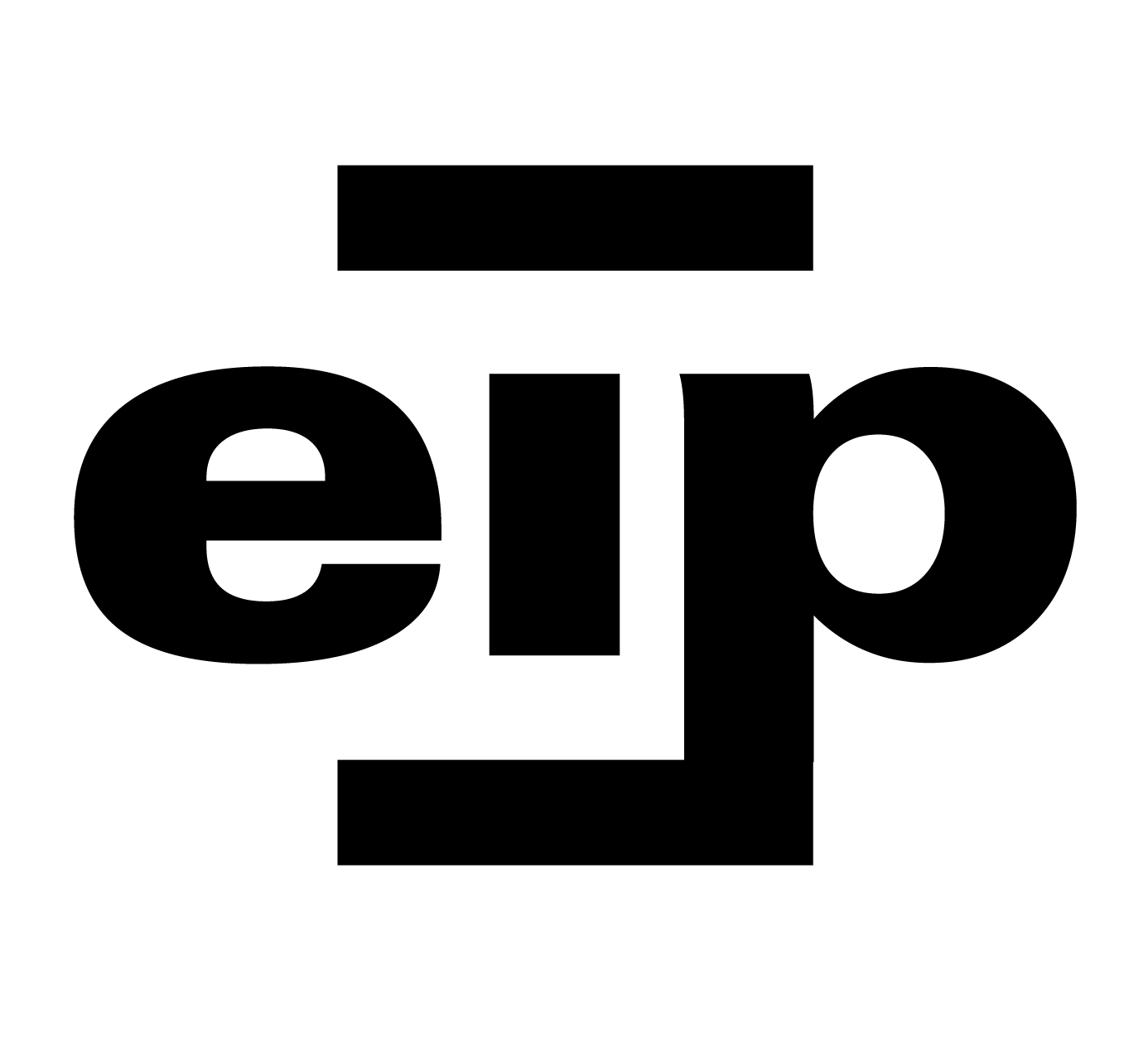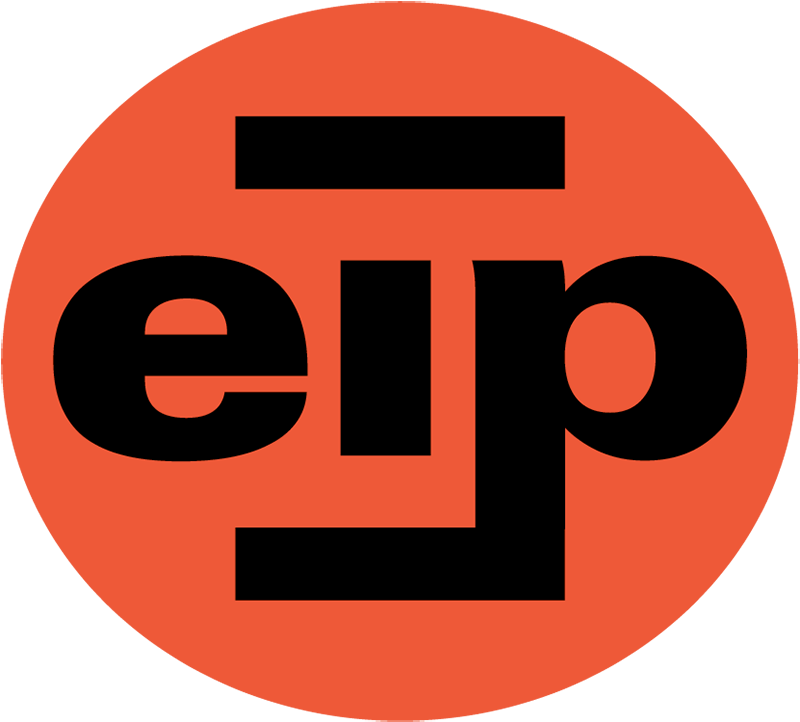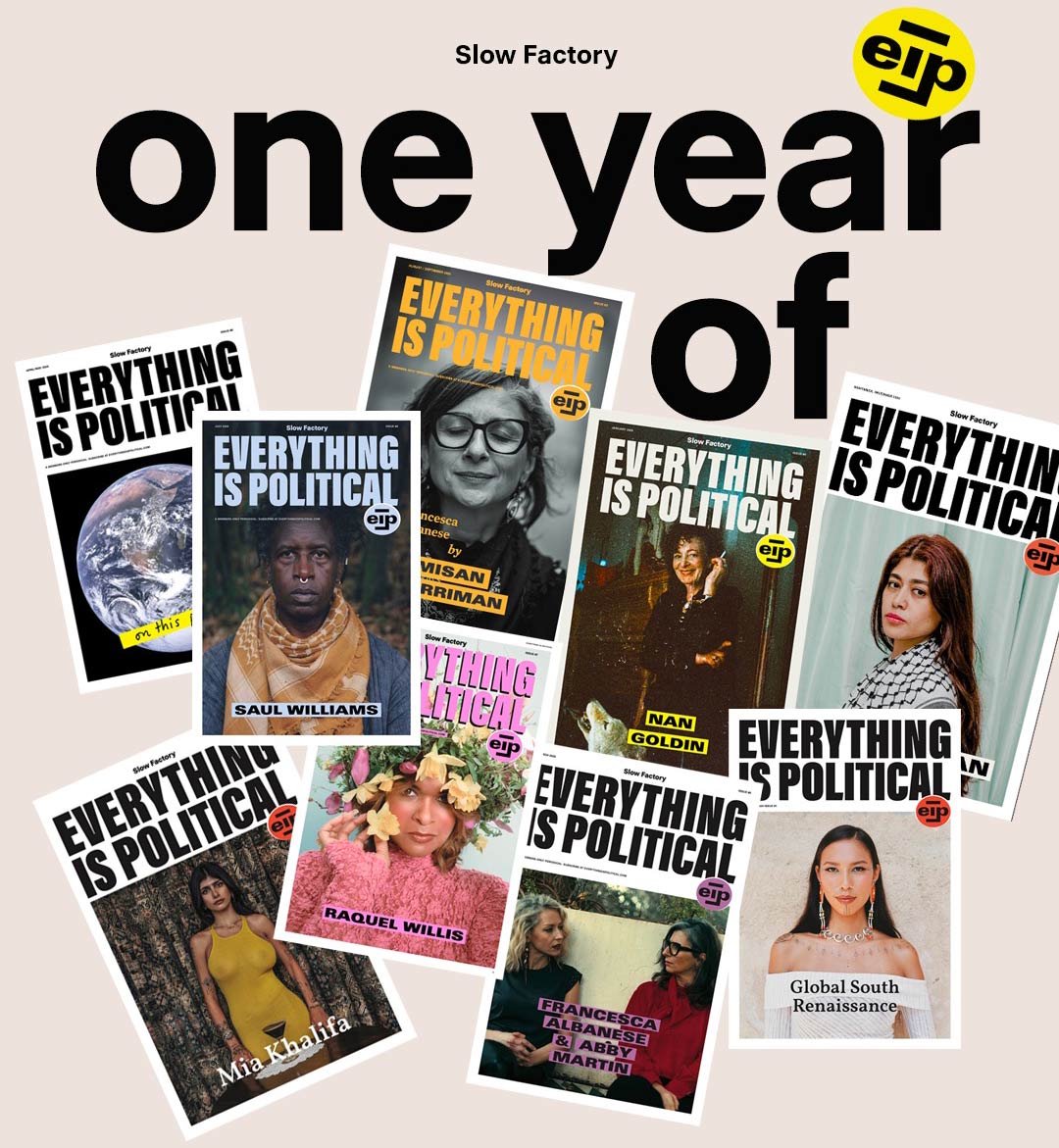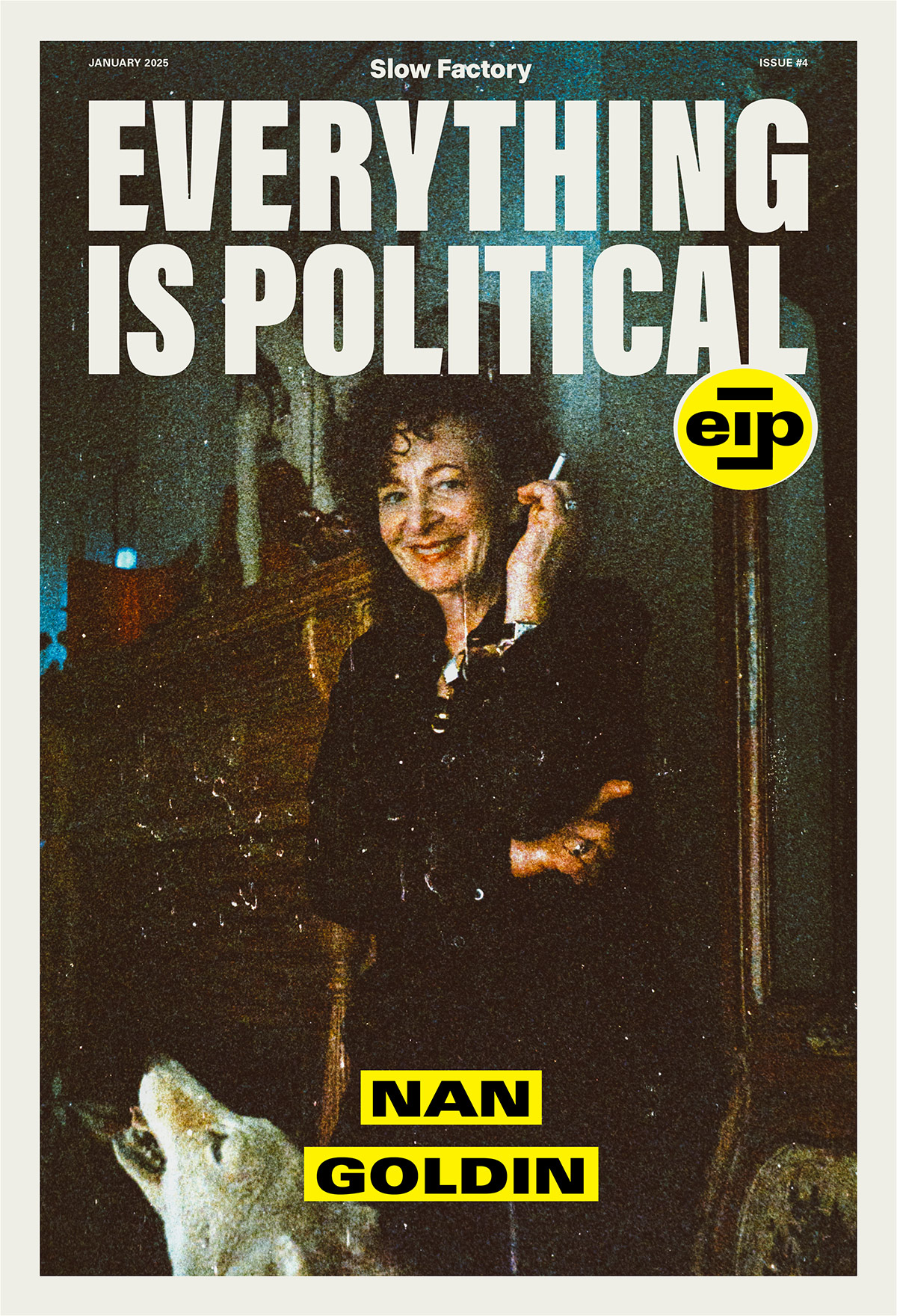Digital & Print Membership
Yearly + Receive 8 free printed back issues
$420 Annually
Monthly + Receive 3 free printed back issues
$40 Monthly
On Art, Life & Activism
Nan Goldin, photographed by Mohamad Abdouni, interviewed by Céline Semaan
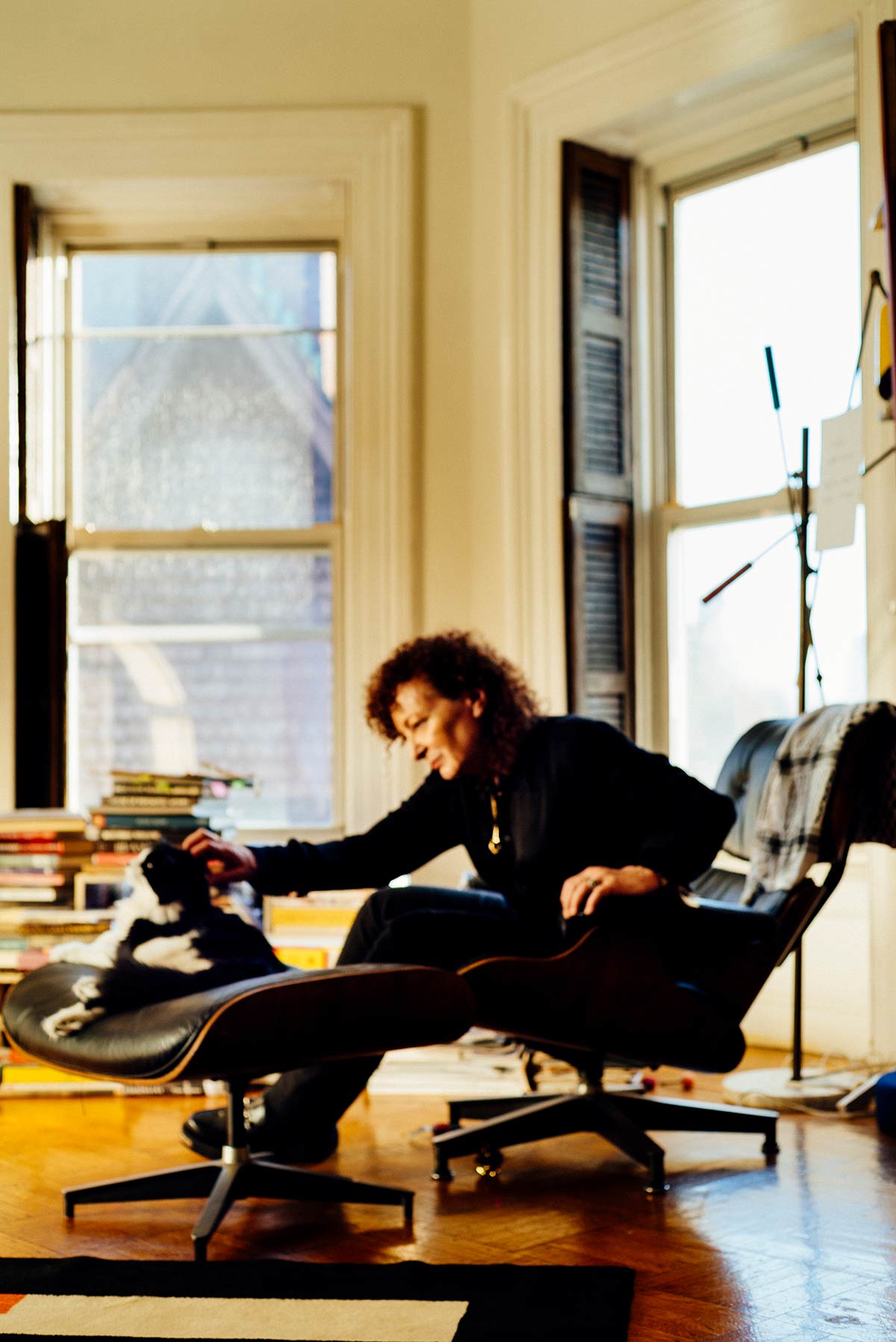
I encountered Nan Goldin’s work in person at the age of eighteen while studying art in Paris. Her work was exhibited at the Centre Georges Pompidou where I spent most days after school. It was my sanctuary; having just left Lebanon, I often felt lost in Paris. But I knew my way to museums where I would sit in silence for hours, absorbing art with my entire being. At eighteen, broke yet hopeful to pursue a career in the arts in spite of the odds or my own family’s desire for me to forgo this endeavor, meeting Nan’s work transformed me. I’m sure it has transformed millions of people, yet my connection to it felt personal. The intimacy, the composition, the use of color, the honesty her work conveyed gave the viewer permission to exist, not as a product in society, but as a human. Every day after school, the photographs, the stories, the life Nan Goldin captured became part of my intimate experience of living in Paris, my existence between countries, identities and religions; her art planted a seed within me.
Nan’s work spans decades: from the HIV epidemic in the eighties, to the harm of predatory pharmaceutical companies, to documenting and celebrating queer experiences from the seventies over fifty years to today, her work always centered the intimate and personal experiences that allows us to connect with the larger social context, and understand that everything is political.
Years later, at a dinner at a friend’s house in New York City, I noticed she was there. My heart stopped. I approached her and asked: Nan Goldin? She smiled while eating her last bite of dessert. She gave me an inviting look that welcomed me to sit by her. I sat uncomfortably at first, a little star struck, but as soon as we started talking, I felt as though we had met many times before. I readjusted my position and shared my teenage encounter with her work. We dove right into discussing the situation in Palestine, it was after all hundreds of days into this harrowing genocide. We were both invited to explore ways that art, culture and our collective efforts could be mobilized to end the violent occupation of Gaza. We stayed in touch.
On another occasion, we had lunch on a terrasse in Brooklyn and a vision came over me. As we were discussing the reality of the art world with Palestine and Lebanon, the work of Mohamad Abdouni came to my mind. I had brought Nan an issue of Everything is Political where Mohamad’s work was featured: Treat Me Like Your Mother. Nan carefully looked at the images, and there, a thought escaped my mouth, I asked her: “Would you like to meet Mohamad? His work is directly connected to your legacy and I could see this encounter not only as a magical moment between two artists, but as a wrinkle in the fabric of reality: Lebanese queer artists meeting a New York icon that has opened up his world and imagination.” The idea made her smile, then we smoked a cigarette together before her cab picked her up. As I was driving back home that day, I couldn’t help but feel as though time was folding, my eighteen year old self, my world in Lebanon and the world I had built in NewYork were finally connecting. That connection sparked new possibilities, a meeting of cultures. From that moment I began inquiring about inviting Mohamad to fly to NewYork, for the first time in his life, and sort out this possible meeting of the minds. I let the idea guide the process, and completely surrendered to the possibility of connecting art worlds together. When I texted Mohamad about it, we immediately jumped on a call—his first words were “you made my week”.
Months later, we walked up to Nan’s apartment, arms filled with cookies, flowers, lunch, cameras, newspapers. Little did we know we were about to spend a magical afternoon bridging cultures and experiences in such a rewarding way. While waiting for her to join us in the living room, we saw the gorgeous sunlight travel across the art on the walls of her rich collection of sculptures and paintings by friends who once were like family. Once Nan entered the room, Mohamad, Charlie (Mohamad’s best friend and muse), and myself exchanged stories on politics, drag queens in Lebanon, Syria and Palestine, queer culture during the war, all stories captured in Mohamad’s book “Treat Me Like Your Mother”.
The conversation kicked off around cigarettes, coffee, cookies and exchanging books and signatures between both photographers.
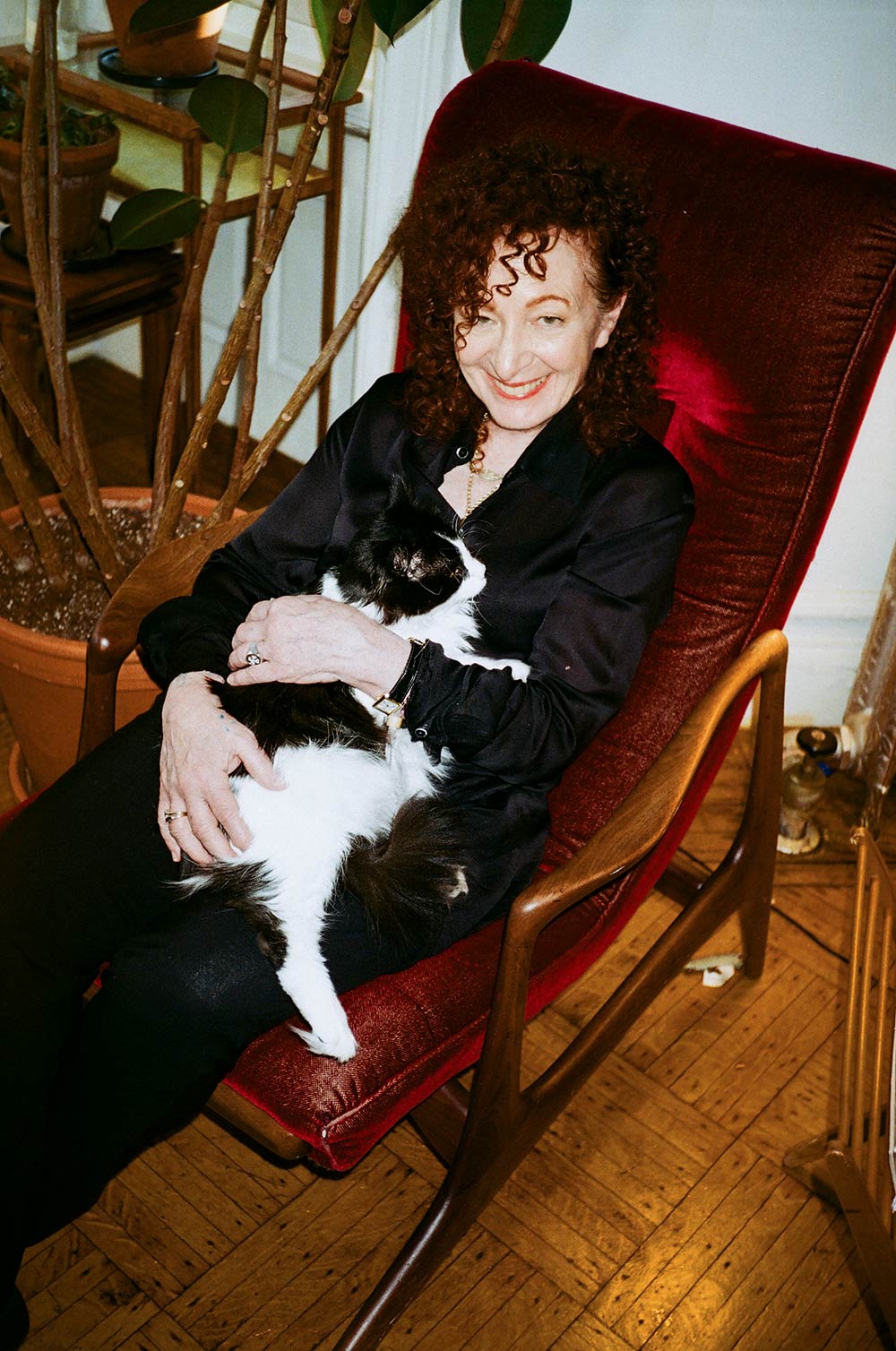
CÉLINE: Nan, You are an icon in the art world, were you surprised to know you were an icon for queer artists living in Lebanon and Palestine?
NAN: Actually I had no idea that my work had traveled there. I’m deeply gratified to know this. I hope it helps make queer people there feel visible.
CÉLINE: Your advocacy for Palestine didn’t start this year. When we met, you shared that you used to be aware and active for the cause in the 70’s and 80’s in New York. Can you share more about how you got involved?
NAN: In the 70’s when I was a teenager, a boyfriend of mine showed me a book about the camps for displaced people in Palestine, and I was outraged. From then on I refused to go to Israel or let my work be shown there. I was on my own cultural boycott. Later, I worked in a bar in Times Square and the woman who owned the bar, Maggie Smith, was my political mentor. She was deeply involved with the Puerto Rican Liberation Movement and prisoner rights. It was during this time that I went to a few PLO meetings. In those days there was no internet so you had to find these things out, by word of mouth. For a few years leading up to October 7th, I was going to Pro-Palestine protests here in New York.
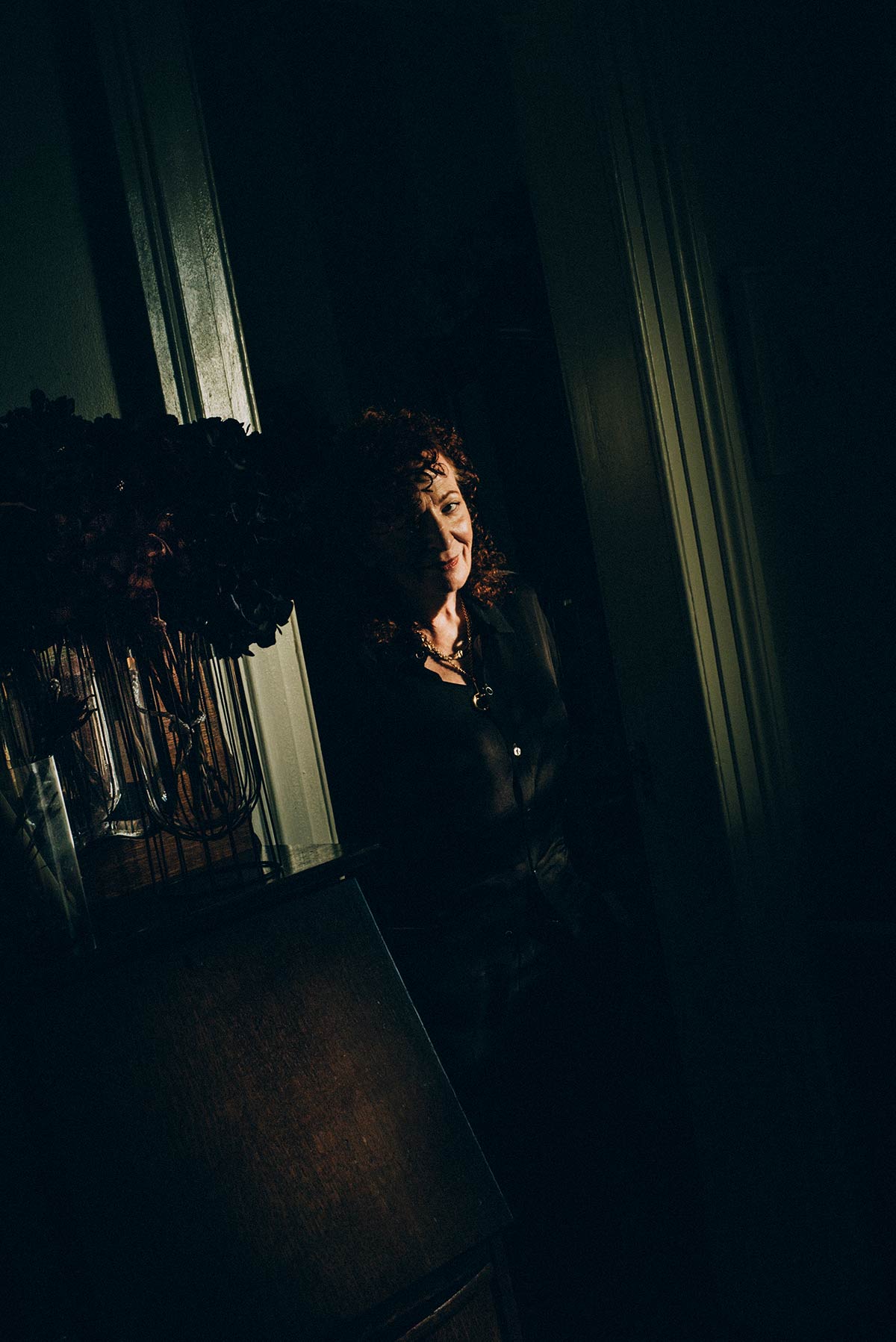
CÉLINE: Your speech in Berlin was shared by millions of people. Before you left, you were concerned about the gallery potentially censoring you. How did it go? What can you share about censorship in the art world and what you think about the artist’s role in these times?
NAN: It was my mountaintop speech, I’m thrilled that it’s gone viral.
The museum did try to censor me. Without my knowledge, the Director of the museum, Klaus Biesenbach, set up a symposium with panelists that were almost entirely Pro-Zionist. The intent was to disprove my position. It was very bizarre that a director of a museum would go so far to disavow an artist he was showing in his museum. So he gave a speech right after mine that was drowned out by the voices of STRIKE GERMANY who orchestrated a powerful action.
I also gave an interview to Hanno Hauenstein who reported about the censorship that had occurred at the Neue National galerie. We made a new credit slide for the analogue slideshow of The Other Side and The Ballad of Sexual Dependency, that reads “In solidarity with the people of Gaza, the West Bank, and Lebanon. And the Israeli civilians killed on October 7.” They had coerced us to take the slides out and we had, but I decided it had to go back in and they wouldn’t allow it. When they reached out to the paper to say that they hadn’t censored me, I wrote to thank them and asked when I could put the slide back in. I’m happy to say the credits are in the exhibition now.
It’s abhorrent that Germany has censored about 200 artists, writers and academics, about a quarter of them Jewish, since October 7th. It’s crazy that Germans think it’s okay to tell Jews they’re anti-semitic in support of Palestine. There’s a policy in the German government that criminalizes boycotting Israel or showing support for Palestine. The policy is called Staatsräson- a key part of German foreign policy which views Israel’s security linked to German national interest, and a “logical consequence of Germany’s responsibility for the Holocaust.” meaning that the German state can not exist without supporting Israel. Which is meant to assuage their guilt about the Nazi holocaust. It’s illegal to make a comparison between the Nazi holocaust to what’s happening in Gaza. The conflation of anti-zionism and anti-semitism is very dangerous as it empowers the extreme right wing who are truly anti-semitic.
CÉLINE: Reclaiming silence was powerful. Since all phones were off while it was happening, that part wasn’t shared with the world. What was it like in person?
NAN: Good question. Actually Céline, it was your idea and it was brilliant. I asked the whole audience to observe silence. I extended the silence to four minutes which represented one one-hundredth of a second for the 44,757 people “officially” killed in Palestine by Israeli forces, half of them children, and the 3,516 people killed in Lebanon by Israeli forces and the 815 Israeli civilians killed on October 7th. The silence was also in honor of the at least 10,000 people buried under the rubble. I wanted people to feel uncomfortable so they could feel what it would be like to have their bodies hijacked for a minute. The audience of a thousand people maintained the silence, which was so moving. Everyone put away their phones so I haven’t found any footage. As I said in my speech, these numbers are a gross undercount and certainly not up to date today, two months later. The Lancet reported that the numbers were closer to 186,000 people. The killing didn’t cease with the ceasefire.
For me the extended silence was the most powerful part of the speech.
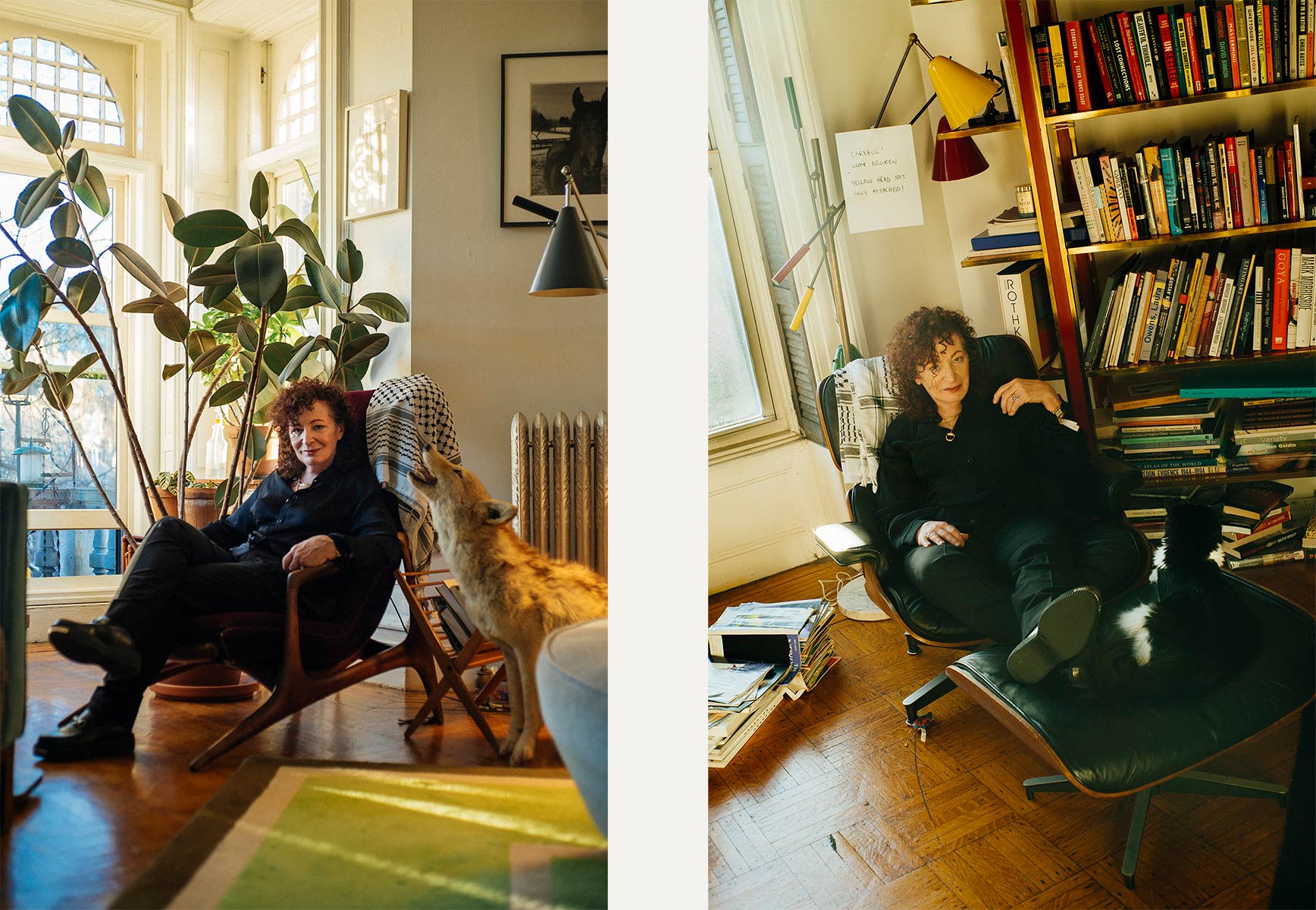
CÉLINE: It’s hard to cope with everything that is unfolding in real time, on our screens, the level of evil is just at another threshold. We also have a change of administration in the US, one that is on the far right and deeply invested in fascism. Do you see a parallel with the past elections, even going as far as when Bush was elected? How do you think this will affect the art world and our basic freedoms?
NAN: We’ve entered into the most dystopian of times that could ever be imagined. We’ve feared the encroaching fascism in the political structure of America for decades but now it’s full fledged. It’s terrifying. In 2000 I left America for a decade after Bush stole the election. I believe this was the beginning of the erosion of the meaning of truth. Trump has cemented this into the concept of “Fake News” which has been extremely dangerous. But leaving the country was a meaningless way to resist.
Now I’m trying to find a way to engage meaningfully with what’s here to stay. I find it hard to breathe here.
I fear that nobody is safe. I fear for Palestine, I fear for the people who’ve been working so hard to support Palestine. I fear for all the people who’ve been fighting for freedom and justice. What’s especially terrifying is that anywhere you look, evil policies are being put into place. The planet is rebelling against us. AI is creating even more sophisticated surveillance in social media. Trump is talking about moving people from Gaza to Indonesia and opening his hotels on the land. Elon Musk gave a Nazi salute but the ADL defended him and called it an “awkward gesture”. It’s absolutely terrifying that we’ve arrived here. I also hold Biden and Harris responsible, for their legacy of genocide. Maybe if they stopped sending billions of dollars worth of weapons, they would have gotten more support.
CÉLINE: Many of us are at risk during this upcoming presidency. Do you feel that art, the power of images, has the power to change the way things are going to be? In other words, does art still hold the kind of power that changes politics?
NAN: About Art, I wish I could say yes. I don’t expect it to change policies or the government, but my hope is that there are gestures made that are strong enough to open people’s minds.
Artists have always been the ones who speak out. If more artists had publicly supported Palestine, the people who spoke out wouldn’t be so blacklisted. There would be more of a sense of unity. The collective voice is stronger. The more of us there are, the more of us there are.
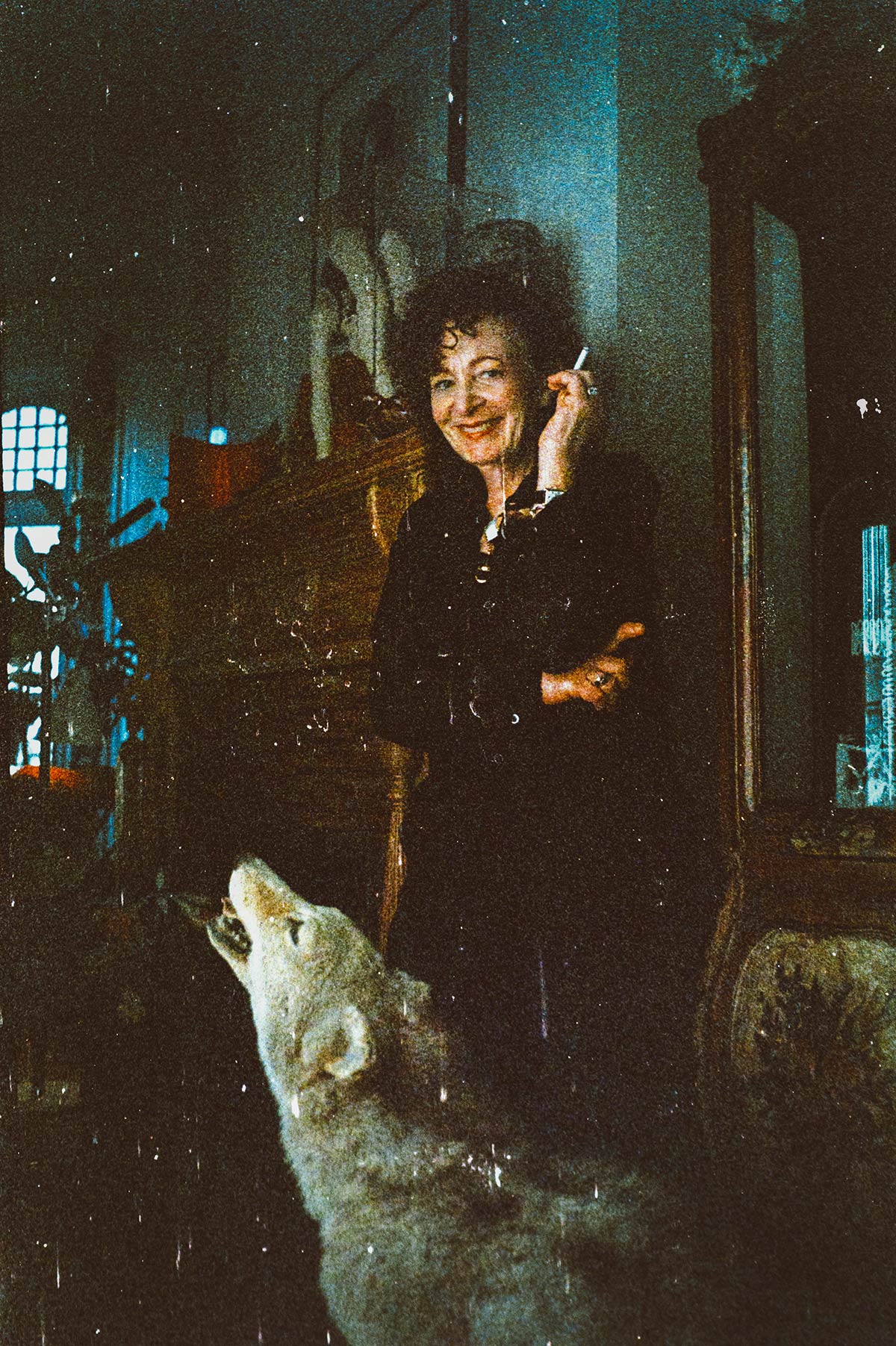
In Conversation:
Photography by:
Topics:
Filed under:
Location:
{
"article":
{
"title" : "On Art, Life & Activism: Nan Goldin, photographed by Mohamad Abdouni, interviewed by Céline Semaan",
"author" : "Nan Goldin, Mohamad Abdouni, Céline Semaan",
"category" : "essays",
"url" : "https://everythingispolitical.com/readings/nan-goldin-mohamad-abdouni-celine-semaan",
"date" : "2025-02-04 16:33:00 -0500",
"img" : "https://everythingispolitical.com/uploads/nan-cover.jpg",
"excerpt" : "",
"content" : "I encountered Nan Goldin’s work in person at the age of eighteen while studying art in Paris. Her work was exhibited at the Centre Georges Pompidou where I spent most days after school. It was my sanctuary; having just left Lebanon, I often felt lost in Paris. But I knew my way to museums where I would sit in silence for hours, absorbing art with my entire being. At eighteen, broke yet hopeful to pursue a career in the arts in spite of the odds or my own family’s desire for me to forgo this endeavor, meeting Nan’s work transformed me. I’m sure it has transformed millions of people, yet my connection to it felt personal. The intimacy, the composition, the use of color, the honesty her work conveyed gave the viewer permission to exist, not as a product in society, but as a human. Every day after school, the photographs, the stories, the life Nan Goldin captured became part of my intimate experience of living in Paris, my existence between countries, identities and religions; her art planted a seed within me.Nan’s work spans decades: from the HIV epidemic in the eighties, to the harm of predatory pharmaceutical companies, to documenting and celebrating queer experiences from the seventies over fifty years to today, her work always centered the intimate and personal experiences that allows us to connect with the larger social context, and understand that everything is political.Years later, at a dinner at a friend’s house in New York City, I noticed she was there. My heart stopped. I approached her and asked: Nan Goldin? She smiled while eating her last bite of dessert. She gave me an inviting look that welcomed me to sit by her. I sat uncomfortably at first, a little star struck, but as soon as we started talking, I felt as though we had met many times before. I readjusted my position and shared my teenage encounter with her work. We dove right into discussing the situation in Palestine, it was after all hundreds of days into this harrowing genocide. We were both invited to explore ways that art, culture and our collective efforts could be mobilized to end the violent occupation of Gaza. We stayed in touch.On another occasion, we had lunch on a terrasse in Brooklyn and a vision came over me. As we were discussing the reality of the art world with Palestine and Lebanon, the work of Mohamad Abdouni came to my mind. I had brought Nan an issue of Everything is Political where Mohamad’s work was featured: Treat Me Like Your Mother. Nan carefully looked at the images, and there, a thought escaped my mouth, I asked her: “Would you like to meet Mohamad? His work is directly connected to your legacy and I could see this encounter not only as a magical moment between two artists, but as a wrinkle in the fabric of reality: Lebanese queer artists meeting a New York icon that has opened up his world and imagination.” The idea made her smile, then we smoked a cigarette together before her cab picked her up. As I was driving back home that day, I couldn’t help but feel as though time was folding, my eighteen year old self, my world in Lebanon and the world I had built in NewYork were finally connecting. That connection sparked new possibilities, a meeting of cultures. From that moment I began inquiring about inviting Mohamad to fly to NewYork, for the first time in his life, and sort out this possible meeting of the minds. I let the idea guide the process, and completely surrendered to the possibility of connecting art worlds together. When I texted Mohamad about it, we immediately jumped on a call—his first words were “you made my week”.Months later, we walked up to Nan’s apartment, arms filled with cookies, flowers, lunch, cameras, newspapers. Little did we know we were about to spend a magical afternoon bridging cultures and experiences in such a rewarding way. While waiting for her to join us in the living room, we saw the gorgeous sunlight travel across the art on the walls of her rich collection of sculptures and paintings by friends who once were like family. Once Nan entered the room, Mohamad, Charlie (Mohamad’s best friend and muse), and myself exchanged stories on politics, drag queens in Lebanon, Syria and Palestine, queer culture during the war, all stories captured in Mohamad’s book “Treat Me Like Your Mother”.The conversation kicked off around cigarettes, coffee, cookies and exchanging books and signatures between both photographers.CÉLINE: Nan, You are an icon in the art world, were you surprised to know you were an icon for queer artists living in Lebanon and Palestine?NAN: Actually I had no idea that my work had traveled there. I’m deeply gratified to know this. I hope it helps make queer people there feel visible.CÉLINE: Your advocacy for Palestine didn’t start this year. When we met, you shared that you used to be aware and active for the cause in the 70’s and 80’s in New York. Can you share more about how you got involved?NAN: In the 70’s when I was a teenager, a boyfriend of mine showed me a book about the camps for displaced people in Palestine, and I was outraged. From then on I refused to go to Israel or let my work be shown there. I was on my own cultural boycott. Later, I worked in a bar in Times Square and the woman who owned the bar, Maggie Smith, was my political mentor. She was deeply involved with the Puerto Rican Liberation Movement and prisoner rights. It was during this time that I went to a few PLO meetings. In those days there was no internet so you had to find these things out, by word of mouth. For a few years leading up to October 7th, I was going to Pro-Palestine protests here in New York.CÉLINE: Your speech in Berlin was shared by millions of people. Before you left, you were concerned about the gallery potentially censoring you. How did it go? What can you share about censorship in the art world and what you think about the artist’s role in these times?NAN: It was my mountaintop speech, I’m thrilled that it’s gone viral.The museum did try to censor me. Without my knowledge, the Director of the museum, Klaus Biesenbach, set up a symposium with panelists that were almost entirely Pro-Zionist. The intent was to disprove my position. It was very bizarre that a director of a museum would go so far to disavow an artist he was showing in his museum. So he gave a speech right after mine that was drowned out by the voices of STRIKE GERMANY who orchestrated a powerful action.I also gave an interview to Hanno Hauenstein who reported about the censorship that had occurred at the Neue National galerie. We made a new credit slide for the analogue slideshow of The Other Side and The Ballad of Sexual Dependency, that reads “In solidarity with the people of Gaza, the West Bank, and Lebanon. And the Israeli civilians killed on October 7.” They had coerced us to take the slides out and we had, but I decided it had to go back in and they wouldn’t allow it. When they reached out to the paper to say that they hadn’t censored me, I wrote to thank them and asked when I could put the slide back in. I’m happy to say the credits are in the exhibition now.It’s abhorrent that Germany has censored about 200 artists, writers and academics, about a quarter of them Jewish, since October 7th. It’s crazy that Germans think it’s okay to tell Jews they’re anti-semitic in support of Palestine. There’s a policy in the German government that criminalizes boycotting Israel or showing support for Palestine. The policy is called Staatsräson- a key part of German foreign policy which views Israel’s security linked to German national interest, and a “logical consequence of Germany’s responsibility for the Holocaust.” meaning that the German state can not exist without supporting Israel. Which is meant to assuage their guilt about the Nazi holocaust. It’s illegal to make a comparison between the Nazi holocaust to what’s happening in Gaza. The conflation of anti-zionism and anti-semitism is very dangerous as it empowers the extreme right wing who are truly anti-semitic.CÉLINE: Reclaiming silence was powerful. Since all phones were off while it was happening, that part wasn’t shared with the world. What was it like in person?NAN: Good question. Actually Céline, it was your idea and it was brilliant. I asked the whole audience to observe silence. I extended the silence to four minutes which represented one one-hundredth of a second for the 44,757 people “officially” killed in Palestine by Israeli forces, half of them children, and the 3,516 people killed in Lebanon by Israeli forces and the 815 Israeli civilians killed on October 7th. The silence was also in honor of the at least 10,000 people buried under the rubble. I wanted people to feel uncomfortable so they could feel what it would be like to have their bodies hijacked for a minute. The audience of a thousand people maintained the silence, which was so moving. Everyone put away their phones so I haven’t found any footage. As I said in my speech, these numbers are a gross undercount and certainly not up to date today, two months later. The Lancet reported that the numbers were closer to 186,000 people. The killing didn’t cease with the ceasefire.For me the extended silence was the most powerful part of the speech.CÉLINE: It’s hard to cope with everything that is unfolding in real time, on our screens, the level of evil is just at another threshold. We also have a change of administration in the US, one that is on the far right and deeply invested in fascism. Do you see a parallel with the past elections, even going as far as when Bush was elected? How do you think this will affect the art world and our basic freedoms?NAN: We’ve entered into the most dystopian of times that could ever be imagined. We’ve feared the encroaching fascism in the political structure of America for decades but now it’s full fledged. It’s terrifying. In 2000 I left America for a decade after Bush stole the election. I believe this was the beginning of the erosion of the meaning of truth. Trump has cemented this into the concept of “Fake News” which has been extremely dangerous. But leaving the country was a meaningless way to resist.Now I’m trying to find a way to engage meaningfully with what’s here to stay. I find it hard to breathe here.I fear that nobody is safe. I fear for Palestine, I fear for the people who’ve been working so hard to support Palestine. I fear for all the people who’ve been fighting for freedom and justice. What’s especially terrifying is that anywhere you look, evil policies are being put into place. The planet is rebelling against us. AI is creating even more sophisticated surveillance in social media. Trump is talking about moving people from Gaza to Indonesia and opening his hotels on the land. Elon Musk gave a Nazi salute but the ADL defended him and called it an “awkward gesture”. It’s absolutely terrifying that we’ve arrived here. I also hold Biden and Harris responsible, for their legacy of genocide. Maybe if they stopped sending billions of dollars worth of weapons, they would have gotten more support.CÉLINE: Many of us are at risk during this upcoming presidency. Do you feel that art, the power of images, has the power to change the way things are going to be? In other words, does art still hold the kind of power that changes politics?NAN: About Art, I wish I could say yes. I don’t expect it to change policies or the government, but my hope is that there are gestures made that are strong enough to open people’s minds. Artists have always been the ones who speak out. If more artists had publicly supported Palestine, the people who spoke out wouldn’t be so blacklisted. There would be more of a sense of unity. The collective voice is stronger. The more of us there are, the more of us there are."
}
,
"relatedposts": [
{
"title" : "Mamdani & The Era of Possibilities",
"author" : "Collis Browne, Céline Semaan, EIP Editors",
"category" : "essays",
"url" : "https://everythingispolitical.com/readings/mamdani-and-the-era-of-possibilities",
"date" : "2026-01-01 12:25:00 -0500",
"img" : "https://everythingispolitical.com/uploads/zohran-inauguration-1.jpg",
"excerpt" : " What wins elections? Laser focus on challenging the brutal economic oppression that defines our global reality.",
"content" : " What wins elections? Laser focus on challenging the brutal economic oppression that defines our global reality.There is an air of undeniable hope. No matter how hard the knee-jerk catastrophic thinking might try to override with doubt, the moment is hopeful. This is proof of collective power. No matter what comes of it, we are already in a winning moment, because the people of New York city have toppled a dynasty built on greed and corruption. The entire world was inspired by this moment that was made possible by everyday people rallying together. That is how monopoly gets interrupted by people power. It’s not rocket science or AI, it’s sweat, effort, and in person collaboration.Let’s remember why this landslide engagement across political divides, why this excitement from communities and demographics who have never voted, and why this worldwide inspiration from a local election: it is a direct response to Mamdani’s laser focus on challenging the brutal economic oppression that defines our global reality.That is what wins elections; that is what inspires and unites the majority across age, ethnicity, race, and all other factors. Speaking the truth of the crushing economic reality that we live under.So now, resist the urge to follow the media’s double edge sword to fetishize and make individualized mythologies around Mamdani, his wife, the personal and aesthetic choices they are making. But continue to see them simply as people, continue to join forces with them and to remain educated, informed and most importantly not in silo but in community. Realize that we need thousands more like him who have decided that they can make a better mayor than these corrupt relics of the antiquated self-destructive past, and we need millions to always raise them up against those colluding with oligarchic corruption. And when the inevitable “fall from grace” comes, when the “media darling” moment wants to swing the other way and vilify him, resist the urge to jump on and make him any more important than but one human who wanted to make a difference in a dehumanizing system — focus on the system.Resist the urge to join in a culture war, to focus on religion or lifestyle or taste or how we spend our time as non-billionaires, and remain focused on what we can all be doing daily to gather power away from the centers of wealth and exploitation.Resist the urge to isolate in ideals, instead join the messy moment of change by being an active participant in the political spaces you wish existed.The moment calls for more action. This year, 2026, begins a new cycle filled with possibilities and people power. The moment is you. It is now. Continue to be present, be active, and take your place in making the future possible. Being an active part of your world is the antidote to the overwhelming feeling of disempowerment. The ways in which we rise, is through verbs and action. Excited to build with you all internationally and locally here in New York City. Our city."
}
,
{
"title" : "Narrative Sovereignty in the American Wing of The Met: Don't Miss ENCODED at the MET",
"author" : "",
"category" : "",
"url" : "https://everythingispolitical.com/readings/narrative-sovereignty-in-the-american-wing-of-the-met",
"date" : "2025-12-22 12:58:00 -0500",
"img" : "https://everythingispolitical.com/uploads/Cover_EIP_Hidden_Exhibition.jpg",
"excerpt" : "As artists and multicultural activists, we did not come to the Metropolitan Museum of Art’s American Wing seeking permission, instead we showed up to the work with intention, responsibility, and a commitment to truth. ENCODED: Change the Story, Change the Future exists because silence is not neutral, presence without agency is insufficient and solidarity across values-based creativity is essential for liberation.",
"content" : "As artists and multicultural activists, we did not come to the Metropolitan Museum of Art’s American Wing seeking permission, instead we showed up to the work with intention, responsibility, and a commitment to truth. ENCODED: Change the Story, Change the Future exists because silence is not neutral, presence without agency is insufficient and solidarity across values-based creativity is essential for liberation.The American Wing is often described as a celebration of American art, yet it also functions as a carefully curated archive of colonial mythology and westward expansion propaganda. Its paintings and sculptures rehearse familiar narratives: conquest framed as destiny, extraction framed as progress, whiteness framed as purity, Indigenous absence framed as inevitability. These works are not merely historical artifacts; they are instruments of narrative power. They encode ideas about belonging, legitimacy, and nationhood, ideas that continue to shape cultural consciousness and public policy today. ENCODED intervenes in this institutional space not to negate history, but to complicate it. Using augmented reality, the exhibition overlays Indigenous artistic expression and counter-narratives directly onto famous works in the American Wing, reframing them through Indigenous epistemologies, lived experience, and historical truth. This is not an act of erasure. It is an act of expansion and an overt insistence that American art history is incomplete without Indigenous voice, presence, and critique.At its core, ENCODED is grounded in the principle of narrative sovereignty. Narrative sovereignty asserts that communities most impacted by historical and ongoing harm such as Indigenous peoples, Afro-descendant people, Palestinians, Pacific Islanders, Trans folks and the working class all must have the authority to tell their own stories, in their own words, and within the institutions that have historically excluded or misrepresented them. This is not a symbolic gesture. It is a democratic imperative.Democracy depends on access to truth. When museums present a singular, sanitized vision of history, they do not merely reflect power, they reinforce it. The American Wing has long upheld myths of “taming the West” and the so-called exhaustion of empire, narratives that obscure the violence of settler colonialism, normalize Indigenous dispossession and chattel slavery. ENCODED challenges these myths by making visible what has been omitted: resistance, survival, continuity, solidarity and accountability. For me, I also hope this intervention reflects back to museum goers and viewers the perils of authoritarianism, fascism and ongoing colonial projects such as legacy media consolidation, rapid creation of datacenters to produce AI, cutting access to healthcare, education, rights, or the current US regime’s attempt to erase history by any means necessary.The artists participating in ENCODED are not responding nostalgically to the past. They are engaging the present. Their work examines how colonial narratives persist in contemporary systems including environmental destruction justified by extraction, racial hierarchies reinforced through cultural storytelling, and institutions that benefit from the aesthetics of inclusion while resisting structural change. These are not abstract critiques; they are lived realities and for me deep lessons that have been shaped by having formerly worked at a neocolonial conservation nonprofit ran by wealthy cis wyt men and their enablers for nearly five years.Artistic integrity, in this context, cannot be separated from ethical responsibility. For too long, the art world has upheld a false binary between aesthetics and politics, suggesting that rigor diminishes when artists engage power directly. ENCODED rejects this premise. Integrity is not neutrality. Integrity is the willingness to tell the truth, even when it destabilizes comfort or prestige. Walking with integrity can be painful and takes courage.Importantly, ENCODED is not positioned as a protest staged outside the institution, nor as a request for institutional validation. It is an act of presence with agency. The project uses accessible technology to meet audiences where they are, inviting participation rather than reverence. Viewers scan QR codes and encounter layered narratives that ask them to look again, listen differently, and question inherited assumptions. Except for a few organized tours, the experience is self-guided, decentralized, and deliberately democratic. It’s also fun, and it is so special to hear the familiar sounds from the ENCODED pieces ring throughout the galleries signalling that kin is close by.This kinship network and accessibility is central to the work. Cultural literacy should not be gated by academic language, curatorial authority, white exceptionalism or economic privilege. By operating through personal devices, ENCODED rejects the museum’s traditional hierarchy of knowledge and affirms that interpretation is a shared civic space. The exhibition does not dictate conclusions; it creates conditions for reckoning and deep dialogue.Solidarity is another foundational principle of the project. ENCODED brings together Indigenous artists across nations and disciplines, in relationship with Black, Brown, and allied communities who recognize that colonialism is not a single-issue structure. The logics that dispossessed Indigenous peoples are the same logics that underwrote slavery, environmental exploitation, the seizing of Palestine, forced child mining labor of cobalt in Congo and in general global empire. Working in solidarity does not collapse difference; it honors specificity while resisting division and acknowledging historic patterns of systemic oppression.In a cultural landscape shaped by scarcity and competition, ENCODED models an alternative, one rooted in collective presence, shared resources, and mutual accountability. The project refuses the extractive norms of both empire and the contemporary art economy, offering instead a relational approach grounded in care, collaboration, and long-term impact on community.The decision to situate ENCODED within the American Wing was deliberate. Indigenous art has too often been confined to anthropological contexts or framed as premodern, separate from the narrative of American art. ENCODED asserts what has always been true: Indigenous peoples are not peripheral to American history; we are foundational to it. Our stories do not belong on the margins, nor do they belong solely to the past or through a white gaze.Yet presence without counter-narrative risks assimilation. ENCODED insists that visibility must be accompanied by authorship. By intervening directly within the American Wing, the project challenges the authority of colonial framing and invites institutions to reckon with their role in shaping public memory. Our hope is that eventually the Met will see this as an opportunity to engage in discussion and support its presence well into 2026.There is risk in this work. Naming colonial propaganda within revered institutions invites discomfort, defensiveness, and critique. But risk is inseparable from integrity. Artists and cultural workers are accountable not only to institutions and audiences, but to future generations. The question is not whether institutions will change, but whether artists will continue to lead with courage when they do not.ENCODED is an offering and a provocation. It asks what it means to inherit a cultural legacy and whether we are willing to transform it. Empire is not exhausted; it is contested. And art remains one of the most powerful sites of that contestation. When we change the story, we do change the future. Not through erasure, but through expansion. Not through dominance, but through relationship.Ultimately, ENCODED affirms that art is not merely a reflection of society, but a tool for shaping it and that when artists from the margins claim space at the center, together and with integrity, we open pathways toward a more honest, inclusive, and democratic cultural future. Join us.To access ENCODED review the exhibit website for instructions. While at the Met scan the QR code and click through the prompts for the self guided tour.https://www.encodedatthemet.com"
}
,
{
"title" : "The Aesthetics of Atrocity: Lockheed Martin’s Streetwear Pivot",
"author" : "Louis Pisano",
"category" : "",
"url" : "https://everythingispolitical.com/readings/the-aesthetics-of-atrocity",
"date" : "2025-12-20 10:30:00 -0500",
"img" : "https://everythingispolitical.com/uploads/Cover_EIP_Lockheed_StreetWar.jpg",
"excerpt" : "On December 12, The Business of Fashion published an article titled “The Unlikely Rise and Uncertain Future of Lockheed Martin Streetwear,” detailing the world’s largest arms manufacturer’s entrance into casual apparel.",
"content" : "On December 12, The Business of Fashion published an article titled “The Unlikely Rise and Uncertain Future of Lockheed Martin Streetwear,” detailing the world’s largest arms manufacturer’s entrance into casual apparel.Through a licensing deal with South Korea’s Doojin Yanghang Corp., Lockheed turns fighter jet graphics, corporate slogans, and its star logo into gorpcore staples. Oversized outerwear, tactical pants, and advanced synthetic fabrics sell out at Seoul pop-ups like the Hyundai department store with young Korean consumers chasing the edgy, functional vibe. Andy Koh, a Seoul-based content creator, tells BoF that while arms manufacturing is, in theory, political, he has never encountered widespread discomfort among Korean consumers. “As long as it looks cool and the product functions as expected,” he says, “they seem okay with it.”This trend aligns with a broader South Korean fashion phenomenon: licensing logos from global non-fashion brands to create popular streetwear lines. Examples include National Geographic puffers, Yale crewnecks, Kodak retro tees, CNN hoodies, Discovery jackets, Jeep outdoor wear, and university apparel from institutions like Harvard and UCLA. These licensed collections, often featuring media, academia, sports leagues, or adventure themes, have become staples on online retailers like Musinsa and in brick-and-mortar stores, propelled by K-pop influence and a tech-savvy youth market that make these odd crossovers multimillion-dollar successes.Lockheed, however, is categorically different. Its core business is not exploration, education, or journalism. It is industrialized death, and its arrival in fashion forces a reckoning with how far commodification can stretch.Having spent years in the military, maybe I’m the wrong person to critique this. Or maybe I’m exactly the right one. I know what weapons are for, how they’re used, and the human cost they carry. Lockheed manufactures F-16 and F-35 fighter jets, Hellfire missiles, and precision-guided systems that human rights organizations have repeatedly linked to civilian casualties across multiple conflicts. In Yemen, U.S.-supplied weapons incorporating Lockheed technology contributed to thousands of civilian deaths since 2015, most notoriously the 2018 airstrike on a school bus in Saada that killed dozens of children. In Gaza, since October 2023, Lockheed-supplied F-35s and munitions have formed the backbone of air operations that Amnesty International and other watchdogs have flagged for potential violations of international humanitarian law, cases now under examination by the International Court of Justice.In 2024, the company reported $71 billion in revenue, almost entirely from military contracts, with more than 1,100 F-35s already delivered worldwide and production lines running hotter than ever. That staggering scale is the reality lurking beneath a logo now casually printed on everyday apparel.So why does the planet’s largest arms manufacturer license its brand to streetwear? The answer seems to be twofold: easy money and sophisticated image laundering. Licensing delivers low-risk royalties from Korea’s reported $35-40 billion apparel market with virtually no operational headache. Lockheed simply collects checks while a third-party manufacturer handles design, production, distribution, and deals with all the mess of retail.The far more ambitious goal, however, is reputational refurbishment. Doojin deliberately markets the line around “future-oriented technical aesthetics” and “aerospace innovation,” leaning on cutting-edge fabrics to conjure high-tech futurism instead of battlefield carnage. By late 2025, as U.S. favorability in South Korea continued to slide amid trade tensions and regional geopolitical shifts, the brand quietly de-emphasized its American roots, according to Lockheed representatives. The strategy clearly tries to sever the logo from political controversy and plant it firmly in youth culture, where aesthetic appeal routinely outmuscles ethical concern.Lockheed has honed this kind of rebranding for decades. Their corporate brochures overflow with talk of “driving innovation” and “advancing scientific discovery,” spotlighting STEM scholarships, veteran hiring initiatives, and rapid-response disaster aid. The clothing itself carries the same sanitized messaging. One prominent slogan reads “Ensuring those we serve always stay ahead of ready”, euphemistic corporate-speak that sounds heroic until you remember that “those we serve” includes forces deploying Hellfire missiles against civilian targets. Other pieces feature F-35 graphics paired with copy declaring the jet “strengthens national security, enhances global partnerships, and powers economic growth”. It’s textbook PR varnish. Instruments designed for lethal efficiency, now rebranded as symbols of progress and prosperity.We’ve also seen this trick before: Fast fashion brands that slap “sustainable” labels on sweatshop products. Tech giants that fund glamorous art installations while they harvest user data. Oil companies that rebrand themselves as forward-thinking “energy” players as the Earth’s climate burns. Lockheed, though, traffics in something uniquely irreversible: export-grade death. By licensing its identity to apparel, multibillion-dollar arms contracts are reduced to mere intellectual property; civilian casualties dissolved into, simply, background static.In other words, vibes overpower victims. And when those vibes are stamped with the logo of the planet’s preeminent death merchant, resistance feels futile.Gorpcore has always drawn from military surplus for its rugged utility: endless cargo pockets, indestructible nylons, tactical silhouettes born in combat and repurposed for city streets. Brands like Arc’teryx, The North Face, and Supreme mine that heritage for authenticity and performance. After World War II, army fatigues became symbols of genuine rebellion, worn by anti-war protesters as an act of defiance against the establishment. Today, the dynamic threatens to invert entirely. The establishment itself, the world’s preeminent arms dealer, now supplies the “authentic” merchandise, turning subversion into subtle endorsement.Streetwear grew out of skate culture, hip-hop, and grassroots rebellion against mainstream norms. Importing the aesthetics of atrocity risks converting that legacy into compliance, rendering militarism the newest version of mainstream cool. For a generation immersed in filtered feeds and rapid trend cycles, Lockheed’s logo can sit comfortably beside NASA patches or National Geographic emblems, conveniently severed from the charred wreckage in Saada or the devastation in Gaza. Research on “ethical fading” demonstrates how strong visual design can mute moral alarms, a phenomenon intensified in Korea’s hyper-trendy ecosystem, where mandatory military service may further desensitize young consumers to defense branding while K-pop’s global engine drives relentless consumption.If the line proves durable, escalation feels inevitable. Palantir, another cornerstone of the defense-tech world, has already gone there, hyping limited merch drops that sell out in hours: $99 athletic shorts stamped “PLTR—TECH,” $119 nylon totes, hoodies emblazoned with CEO Alex Karp’s likeness or slogans about “dominating” threats. What’s to stop Northrop Grumman from launching its own techwear line? Or BAE Systems from dropping high-end collaborations?Lockheed already licenses merchandise worldwide through various agencies; broader international rollouts beyond Korea seem only a matter of time. Backlash is possible, boycotts from ethically minded buyers, perhaps even regulatory scrutiny as anti-militarism sentiment swells. Gorpcore’s longstanding flirtation with military aesthetics could calcify into outright fetish, obliterating whatever daylight remained between practical function and state-sanctioned propaganda.Yet, history suggests that in oversaturated markets, “cool” almost always trumps conscience. Lockheed’s streetwear pivot is a stark illustration of how fashion and culture launder raw power, enabling the machinery of war to conceal itself among hype, hoodies, and sold-out drops."
}
]
}





